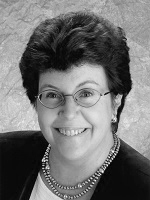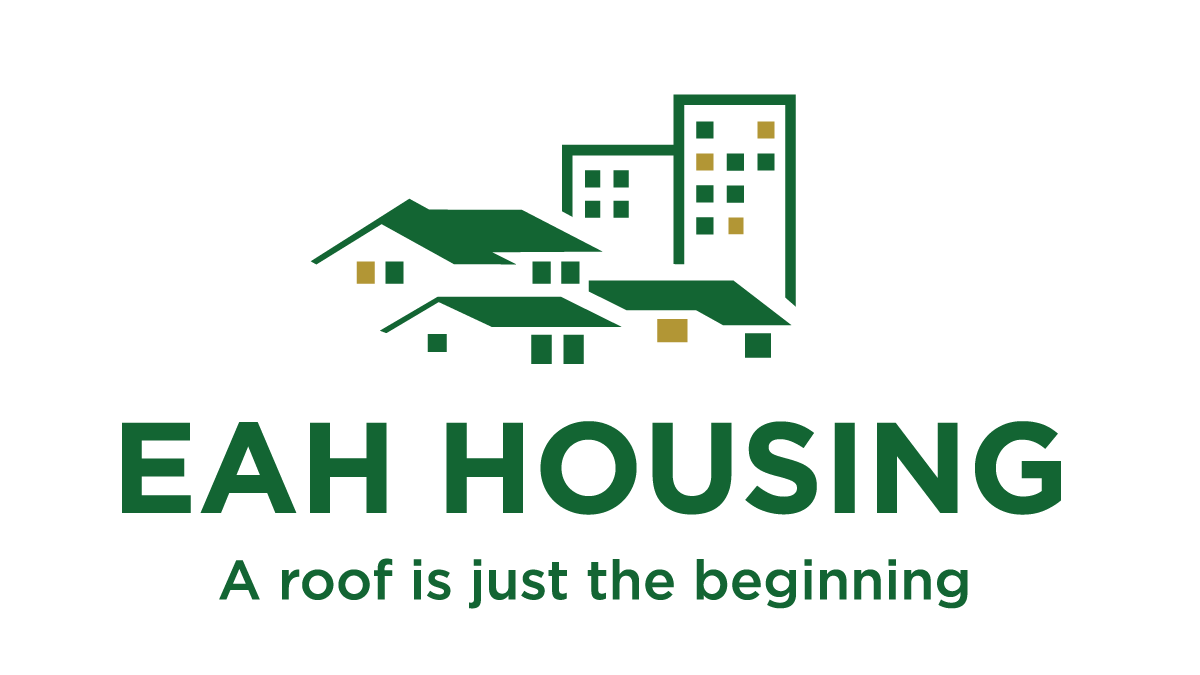
North Bay Business Journal
By Lindsay Riddell | November 27, 2006
CEO of affordable housing builder cherishes beating the odds
Mary Murtagh: President and CEO, EAH Housing
Years with EAH: 20
Total units: 5,361
Counties: 12
States: 2
San Rafael, CA — On Thursday, November 30, 2006, EAH Housing paid tribute to CEO and President Mary Murtagh, as she celebrated her 20th anniversary with the non-profit housing corporation, dedicated to building and managing affordable housing in California and Hawaii.
In an industry in which five out of every six projects never get off the ground, Mary Murtagh still loves her job and can laugh about it.
“Affordable housing is Murphy’s Law incarnate,” says the 59-year-old Ms. Murtagh, who celebrates her 20th anniversary with the affordable housing organization this year. “Anything that can go wrong will go wrong.”
As its president and CEO, Ms. Murtagh is the force behind EAH, which has built or renovated nearly 1,400 units of housing in the North Bay and about 4,500 total in her 20-year tenure with the San Rafael-based nonprofit.
Under her, EAH has built affordable housing developments in 12 counties and two states – Hawaii and California. The agency is Marin County’s largest affordable builder, and second-largest in the North Bay to Burbank Housing.
Nearly a quarter of all EAH’s units were built in Marin County, including Hamilton Meadows, a two-phase project that brought 100 units to the former Hamilton Air base in 2003 and 2006, the Centertown Apartments at 815 C Street in San Rafael completed in 1992 and the Point Reyes single-family homes completed this year.
Today, the company employs about 350 people, the majority of whom work at the complexes EAH built and continues to manage. The nonprofit EAH used to be known as Ecumenical Association for Housing.
Ms. Murtagh grew up in rural New Hampshire, near Dartmouth College. She’s a self-described former hippie, who now loves to build infill developments that are good for the environment. She has an undergraduate degree in art history and philosophy from Wellesley College in Massachusetts and a master’s in architecture from the Massachusetts Institute of Technology. Those degrees, she said, did not prepare her for what she would encounter at a job with the Los Angeles Redevelopment agency where she got interested in real estate development – specifically finance.
“Up until then you can kind of picture me as a totally naive rube wandering around with my mouth open,” she said. “The first time I went to New York though, I thought the whole thing was a terrible mistake and a terrible thing to do to the planet. And when I finally started studying real estate finance, it suddenly all became clear … I started to understand the city and urban economics.”
In Los Angeles, Ms. Murtagh became what she says was the translator between the real estate office at the redevelopment agency and the office of Housing and Urban Development in Washington. And when the first grant she ever wrote – to expand a Pep Boys in inner city Los Angeles – was funded, Ms. Murtagh said she felt like she was empowered to effect change.
Ms. Murtagh moved to San Francisco in 1984 and worked for a political consulting and market research company. While there she helped orchestrate the approvals for the renovation of the Arlington Hotel, a residence for recovering alcoholics still viewed as a model development in San Francisco’s Tenderloin district.
In 1986, she was hired to direct EAH, an affordable housing organization that at that time was licking its wounds from two money-losing projects and considering getting out of the building business altogether.
“Obviously, that was a serious issue but I said to them, ‘If you don’t want to build anything, don’t hire me. That would be a mistake for both of us because I love to build things,'” she said. “The smell of sawdust is what makes my day. That and curing concrete.”
760 applicants for 28 units
Ms. Murtagh set out to make her first big project at the head of the organization a success. She negotiated for two acres on Corte Madera Creek and you can hear the pride in her voice today when she talks about it.
She said 760 people applied for residency in the 28-unit development that turned out “beautifully.”
“Opponents compared it to the Exxon Valdez during the hearings,” she laughs. “And I was getting my feet wet and finding out what opposition meant in Marin County.”
Setbacks are a fact of life when it comes to building almost any kind of housing, including affordable units.
“You have five deals fall through for every one that ever sticks. Maybe more,” she says. “I don’t try and think about that ratio. It’s too discouraging.”
She said in her 20 years with EAH affordable housing hasn’t gotten any easier. Getting the approvals still is just as difficult. Opposition is as vocal, if not more. Funding is hard to coordinate and unexpected things change.
And just when she says she feels like she’s “trying to sweep the ocean back with a broom,” something encouraging will happen, like the passage Proposition 1C, which opens up $2.9 billion for affordable housing in the next three years.
Ms. Murtagh said she’ll continue to strive for a permanent funding source and more partnerships with private developers.

